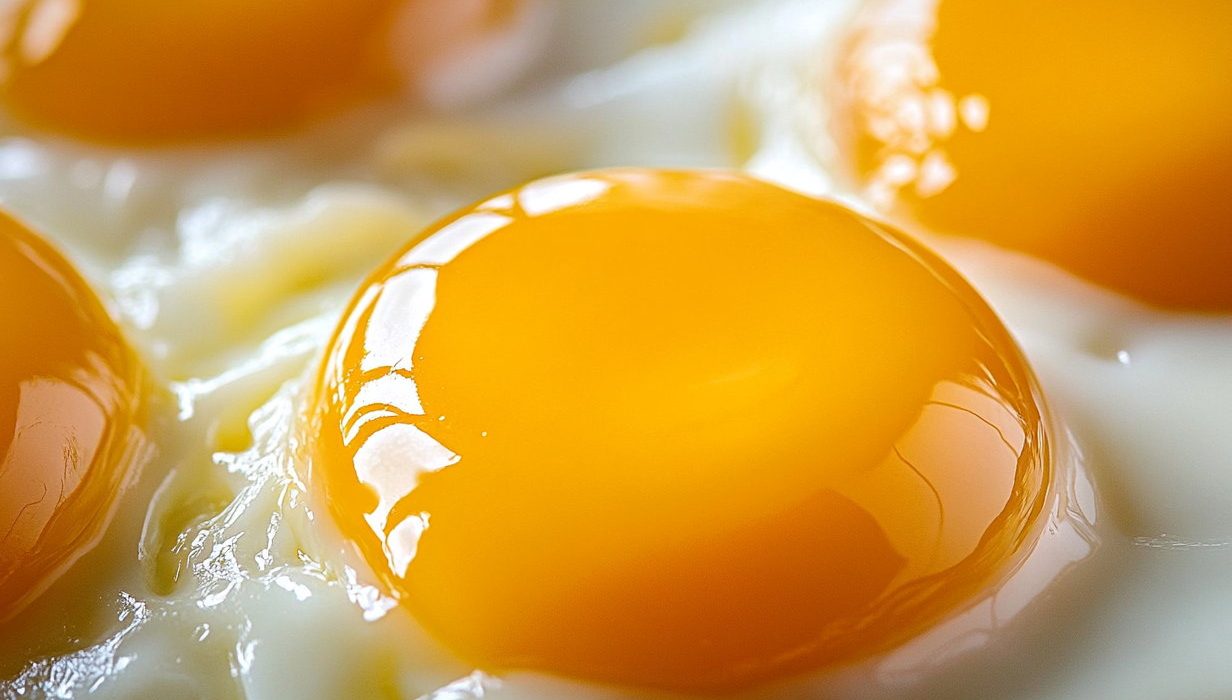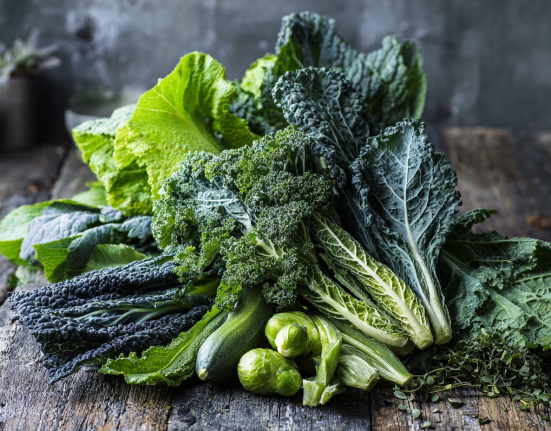If you’ve been banking on eggs for your daily protein, it might be time to rethink your menu
The easiest way to get more protein seems obvious: simply eat more eggs. But wasn’t there something about the German Nutrition Society recommending no more than one egg a week since 2024? That’s right. However, this is for ecological rather than health reasons. Contrary to popular belief, eggs do not significantly increase cholesterol levels. According to the DGE website, one egg a week is sufficient for nutrient needs and limits environmental damage. It also states: “Eating several eggs a week occasionally has no effect on the risk of cardiovascular disease, as long as you eat a healthy diet overall.”
Still, with just around 7 grams of protein per egg, they don’t offer quite as much as you might expect. Many other high protein foods—both plant- and animal-based—deliver significantly more protein per 100 grams, often with less fat. Which makes it well worth your time to diversify your plate.
Here are five protein-packed options to consider:
Cottage cheese
With around 13 g of protein per 100 g, cottage cheese is one of the most accessible high-protein foods you can add to your diet. It’s low in fat (between 1–4 g), easy to digest, and rich in calcium, making it a reliable option for everything from post-workout recovery to mid-afternoon snacking.
Its versatility is underrated: dollop it onto a warm parantha, stir it into scrambled eggs or layer it onto toast with cracked pepper and chilli oil. For a more desi spin, mix it with chopped cucumber, mint, and kala namak for a savoury raita-like bite. You can even fold it into overnight oats for added creaminess and protein.
It’s not as trend-forward as Greek yoghurt, but cottage cheese does more with less, and doesn’t require a blender or a Pinterest recipe to earn its place in your fridge.
Peanuts
Peanuts may be casually lumped in with tree nuts, but botanically speaking, they’re legumes—and seriously protein-dense ones at that. With about 25 g of protein per 100 g, they outperform steak gram-for-gram. They also bring fibre, heart-healthy fats, and affordability to the table, making them a pantry essential.
You can snack on them plain, stir them into sabzis for added texture, or grind them into chutneys and dips. Peanut butter (as long as it’s the natural, no-sugar, no-palm-oil kind) works brilliantly in smoothies, sauces, or even drizzled on fruit. For a savoury kick, whisk it with lime, soy sauce, and chilli for a South Asian-style dressing.
One note: the line between “protein-rich” and “calorie-dense” can blur with peanuts. A small handful goes a long way, especially if you’re watching overall intake.
Parmesan
With a massive 38 g of protein per 100 g, Parmesan is easily the most protein-rich cheese in the supermarket—and arguably the most flavourful. It’s a hard, aged cheese, which means it packs a concentrated hit of complete milk protein, especially lysine, an amino acid key to muscle repair. Add calcium to the mix and it’s basically a strength-training snack in disguise.
Of course, its salt and fat content can be high, so moderation matters. But a little does a lot. Shave it onto roasted vegetables, stir into soups, or break off a chunk post-meal with fruit and nuts for a satisfying bite. Aged cheese isn’t just for cheese boards—it’s a stealth way to up your protein without reaching for another scoop of whey.
Bonus: thanks to its low lactose content, many people with dairy sensitivities tolerate Parmesan better than softer cheeses. Consult your healthcare provider before changing your diet,
Tuna
Canned tuna is the dark horse of high-protein foods—lean, efficient, and shelf-stable. At about 27 g of protein per 100 g, it’s an easy way to hit your macros without much prep. It’s also rich in omega-3 fatty acids and highly bioavailable, meaning your body can absorb and use its protein with minimal effort.
Choose the version packed in its own juice (rather than oil) to keep fat levels low. Mix into salads with mustard and herbs, toss with pasta and lemon zest, or use as a filling for lettuce cups or wraps. It also works surprisingly well with Indian flavours—try it with a squeeze of lime, chopped onion, coriander, and a pinch of chaat masala.
Sustainable sourcing can be a concern, so opt for brands that are pole-and-line caught or certified when possible.
Chicken or turkey breast
With 24–31 g of protein per 100 g, chicken and turkey breast consistently rank among the most efficient animal proteins. They’re lean, easy to cook, and provide a complete amino acid profile, making them a favourite for anyone focused on muscle maintenance or fat loss.
What sets them apart isn’t just the protein content, but the versatility. Grill, roast, poach, or sauté them, then build out meals with dal, vegetables, or rice. They take on spice blends easily, from tandoori marinades to Thai-style coconut broths. And when cooked right, they don’t have to be dry or dull.
If you’re eating meat regularly, these cuts are among the smartest choices, offering high protein with relatively low environmental impact compared to red meat.









